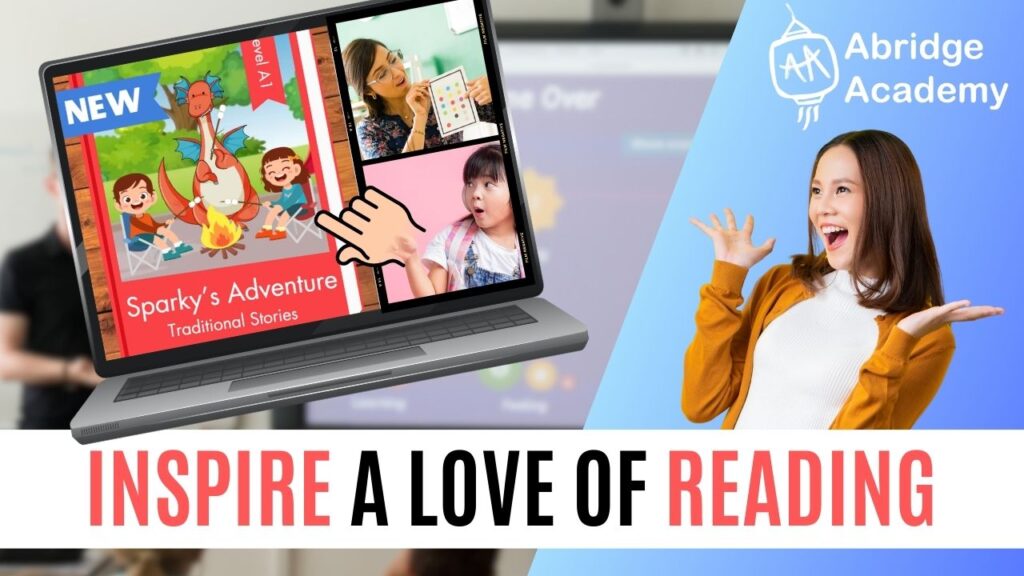
For many students, reading in English can feel like a chore—something they have to do rather than something they want to do. In fact, 2 in 3 children say they don’t enjoy reading.1 But how can we change this?
The key is to make reading interactive, social, and creative. When students feel engaged, they develop stronger comprehension skills, build confidence, and—most importantly—enjoy the process of learning. And if it’s test scores you want to focus on, then reading for pleasure has been proven to improve academic attainment too. 2
Whether you’re an online English teacher, a classroom educator, or a homeschooling parent, these eight creative strategies will help you bring stories to life and inspire a lifelong love of reading!
1. Make Reading Social with Book Clubs and Discussion Groups
Children love sharing their favourite stories, so why not create a reading club where they can explore books together? Group reading not only enhances comprehension but also builds conversational skills and fosters a collaborative learning environment.

To support this, Abridge Academy’s story lessons include discussion prompts and interactive games that work brilliantly in small groups. These activities help students express their thoughts, ask questions, and engage deeply with the text.
If you teach online, check out platforms such as Outschool or SuperTeacher to organise group class enrolments.
Another great option is to set up a group chat or private forum where students can discuss books outside of class. This encourages ongoing engagement, helps them develop more informal writing skills, and allows learning to continue seamlessly between lessons.
2. Make Reading a Challenge and Celebrate Success
Children love to compete against their peers, so use this to motivate them with monthly reading leaderboards or competitive projects! Don’t forget to celebrate their success by awarding certificates of participation and sharing their work with the class.
Here are some easy reading competition ideas:
- Readathon: A classic “who reads the most wins” monthly reading leaderboard.
- Reading Bingo: Challenge students to diversify their reading with a bingo board featuring different genres or book formats.
- Book of the Month: Encourage students to write book reviews and feature your favourites each month.
- Reading Race: The first to read 10 books wins!
- Read Around the World: Challenge students to read traditional stories from different countries or continents.
Organise your competition and track progress on a class noticeboard or digital board such as Digipad. Award fun stickers and certificates of participation to boost engagement and celebrate students’ success!
3. Bring Stories to Life with Creative Activities and Games
Reading shouldn’t be a passive activity—make it dynamic and hands-on! Encourage students to:
- Role-play dialogues using props and dynamic expressions.
- Draw pictures, make origami characters, or build mini scene models to illustrate and retell key parts of the story.
- Play interactive games based on the characters and plot.
- Create digital storytelling projects, such as comic strips, animated videos, or podcasts.

Abridge Academy’s story lessons are packed with role-play activities, games, and printable resources to support creative learning. These are perfect for online classes, in-person sessions, or fun homework projects!
4. Let Students Take the Lead in Choosing Books and Stories
Giving students ownership of their reading choices helps them feel more involved in the learning process. Instead of dictating what students must read, offer a selection of age-appropriate and level-appropriate texts in different genres.
Some students may be drawn to classic fairy tales and fables, while others might prefer mysteries, adventure stories, or non-fiction. Similarly, check out different formats – digital books, audiobooks, or even graphic novels. By allowing choice, you help students discover what excites them most about reading, making it a more personal and enjoyable experience.
Additionally, this approach introduces students to new books and genres they might not have considered before—opening the door to a whole new world of reading adventures!
5. Use Interactive Digital Books and Activities
Whether learning in-person or online, digital books offer an exciting way to engage young readers. Interactive features such as drag-and-drop activities, built-in quizzes, animations, and colourful illustrations can make reading feel more immersive.
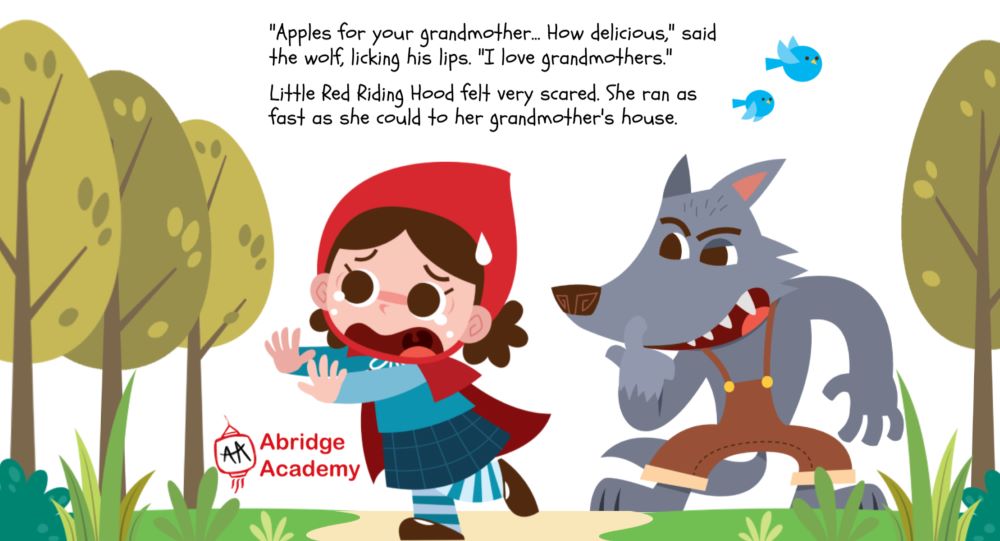
Abridge Academy’s online story lessons include interactive elements to bring stories to life in a way that is both fun and educational. These resources work particularly well for visual learners and students who benefit from multisensory engagement.
6. Read Stories from Diverse Countries and Cultures
English language teachers support children from a diverse range of cultural backgrounds and countries, each with their own traditional folktales or beliefs. Celebrate this diversity by introducing them to stories from all around the world and encouraging them to discuss their favourite tales. This is a great way to develop cross-cultural understanding and help all learners feel included in class.
7. Connect Stories to Students’ Real Lives
To make reading more meaningful, help students relate stories to their own experiences. While reading, ask thought-provoking questions like:
- What would you do if you were in the character’s situation?
- Have you ever experienced something similar? How did you feel?
- What is the moral of this story? How could you apply that to your own life?
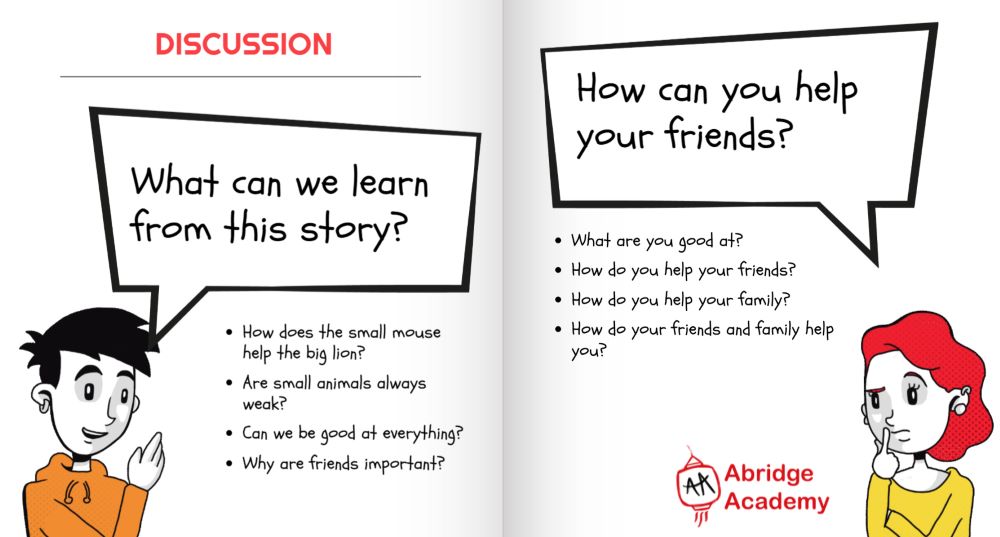
Taking this idea a step further, you can incorporate real-world projects that tie into the themes of the story. For example:
- Ask students to research a topic from the book in their local community.
- Organise a field trip or virtual tour to explore a place mentioned in the story.
- Encourage students to apply the moral of the story to their daily lives.
By making reading feel relevant and reflective, students develop deeper comprehension skills and a stronger emotional connection to what they read.
8. Develop Storytelling and Creative Writing Skills
Encourage students to go beyond reading by retelling, reimagining, and creating their own stories. Some fun activities to try include:
- Scriptwriting and acting out a short play based on the book.
- Recording dramatic readings or storytelling podcasts, using props and voice effects.
- Retelling the story from a different perspective—what if it were narrated by the villain?
- Writing an alternative ending or a sequel inspired by the original text.
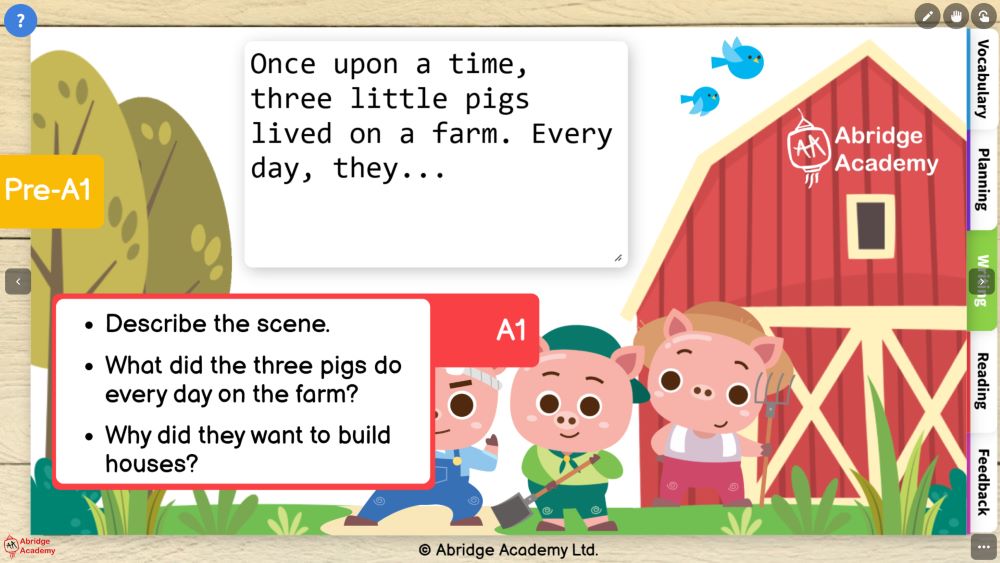
Abridge Academy’s story curriculum includes structured lessons designed to help students re-tell, adapt, and even “twist the tale” by creating their own unique versions of stories. These activities inspire creativity, language production, and deeper comprehension—all while making reading more fun!
Final Thoughts
By incorporating discussion-based activities, creative projects, and interactive digital tools, you can transform reading into an exciting and immersive experience for ESL students. Encouraging student choice, real-world connections, and storytelling ensures they stay engaged and develop a lifelong love of reading.
Looking for ready-made interactive story lessons for your ESL students? Our ever-expanding library includes everything you need to teach engaging, fun and interactive online ESL classes, including:
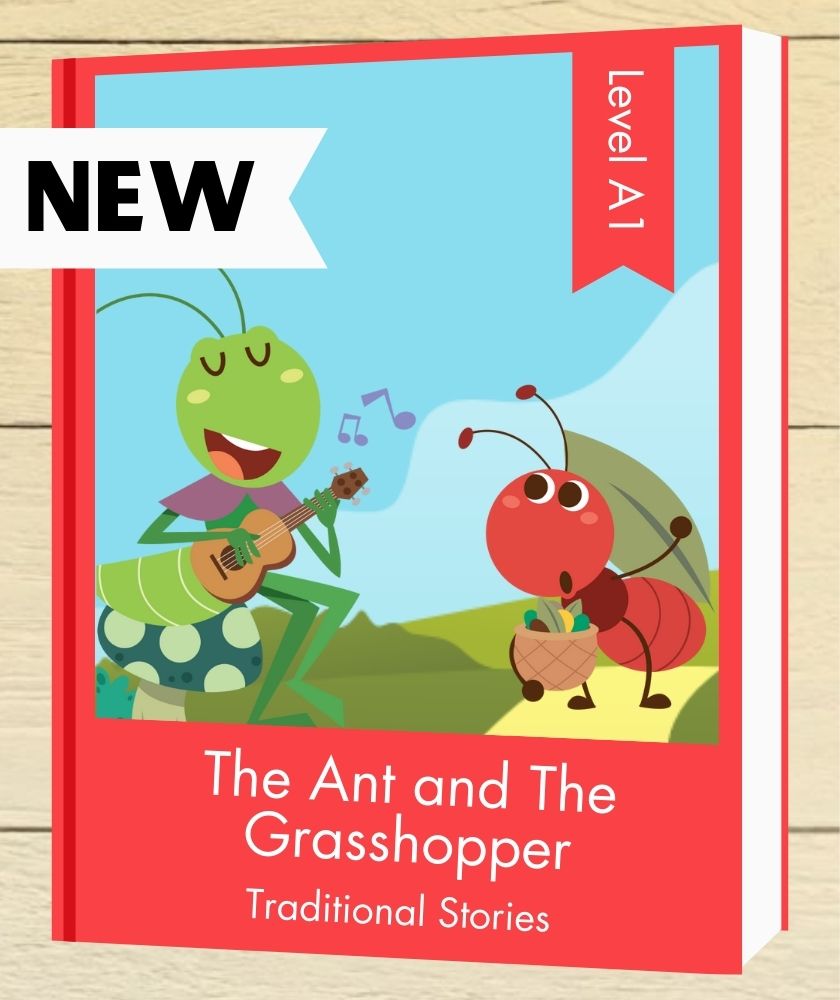
📚 Levelled reading lessons based around traditional fairy tales and fables.
📝 Creative and narrative writing lessons to develop storytelling skills.
🎁 100s of printable worksheets, flashcards, certificates and creative projects.
Sign up to Abridge Academy for free and start making reading more exciting today!

Amazing tips and super useful insights, thanks, Katie!
Special thanks for the shoutout to SuperTeacher! <3